
views

Allow the fiberglass to cure in the sun. If you are working with a new fiberglass component, it will have a thin layer of gelcoat on its surface. Gelcoat is an epoxy or resin-based compound that is used to line the molds when making fiberglass components. Before sanding, let the fiberglass sit out in the sun for 2 to 7 days to cure the gelcoat. This process releases any air pockets from the gelcoat that would cause problems when sanding and painting.

Assemble the fiberglass components, if applicable. If your project consists of multiple fiberglass components (like the body, doors, and hood of a car), assemble them before sanding or finishing. This will allow you to sand continuously between each component, creating a smooth, consistent joint.
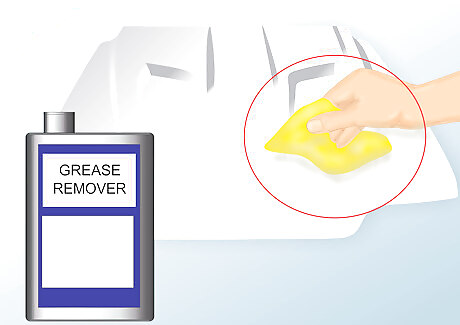
Clean the entire fiberglass component with a wax and grease remover. Using this product is especially important when working with a new fiberglass component, as it is necessary to remove the release agent, the substance used to pry the component loose from its mold. Wax and grease remover can be purchased from automotive parts stores.
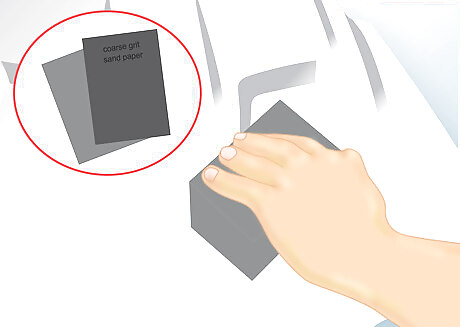
Sand the fiberglass using a coarse-grit sandpaper. For the first sanding pass, use either 80 or 100-grit sandpaper. Mount the sandpaper to a long sanding board for large, flat components. For smaller areas or areas with intricate curves, a rubber sanding block works well to follow the shape of the piece. Never sand all the way through the gelcoat into the fiberglass itself. This causes 2 problems: it weakens the strength of the component, and it creates holes in the fiberglass that allow it to rupture through the paint later. The gelcoat can be used as a guide during the initial sanding. Sanding the gelcoat just enough will make its appearance dull, so when the entire component has lost its shine, you have sanded enough to allow the primer or paint to adhere.
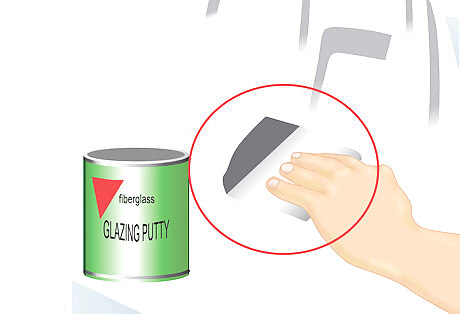
Fill any low spots in the fiberglass. To raise the profile of low spots in the surface, use a fiberglass glazing putty. Work the putty into the low spot, and then sand it away until the area is flush with the rest of the surface.
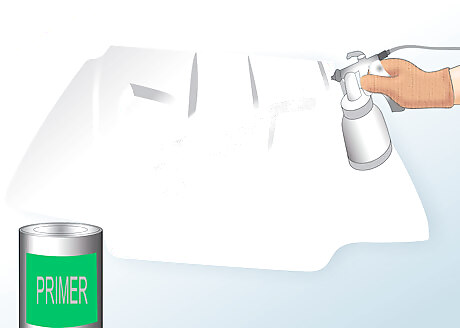
Apply primer to the fiberglass. Once the component has been sanded with coarse-grit sandpaper, apply the primer and allow it to set. Avoid using etching primer, as it won't adhere well to fiberglass.
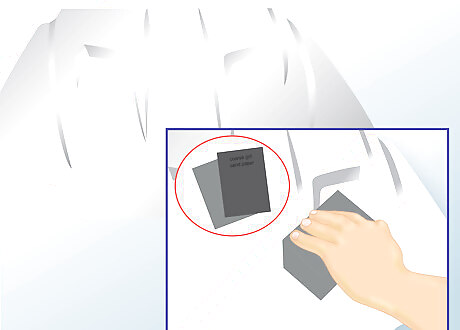
Sand the finish using a fine-grit sandpaper. After the primer is set, sand the entire component again with a finer-grit sandpaper such as 180 or 220-grit. After this sanding, continue to apply primer or paint as desired, sanding between each application with a fine-grit sandpaper.




















Comments
0 comment